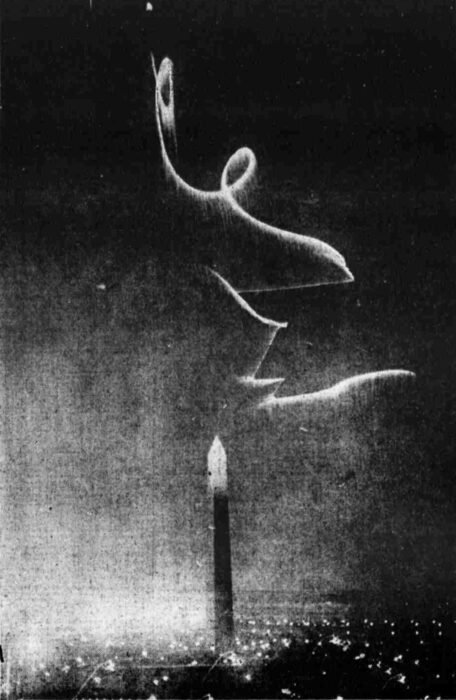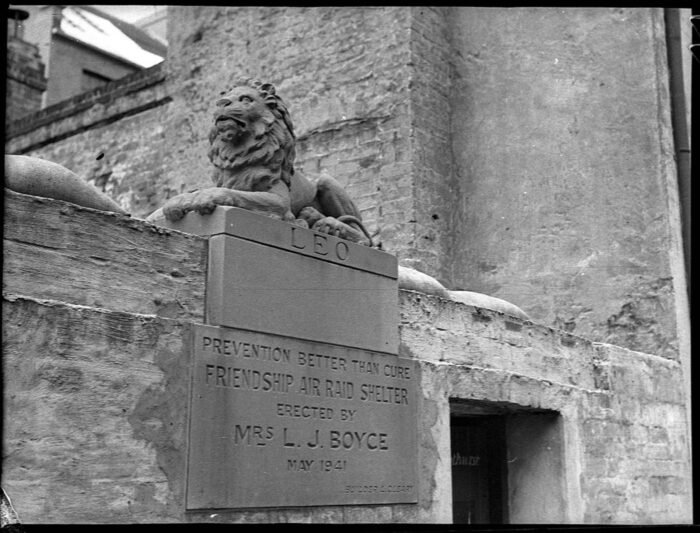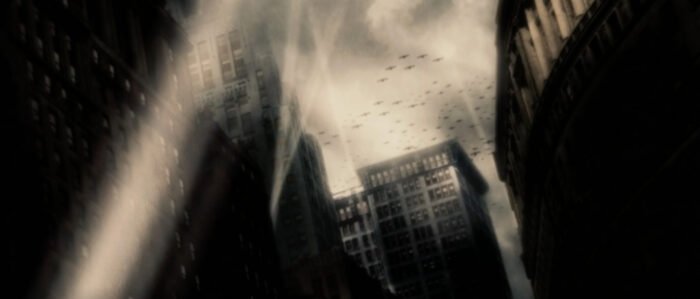
https://twitter.com/Airminded/status/1288659222431817729?s=20
I've made a new Trove bot to accompany @TroveAirBot and @TroveAirRaidBot: @TroveUFOBot. The name is somewhat misleading, since it doesn't search Trove Newspapers for the keyword 'UFO' at all, which turns out to be a bad keyword. Firstly, it's so short that it frequently turns up whenever the OCR is bad and a random string of u, f, and o appear, and so there were just too many false positives. Secondly, it was only coined in 1953, which is only a couple of years before the Trove copyright wall, so there aren't many good hits to find anyway.
Instead, I've gone with the following:
flying saucer
flying saucer
flying saucer
flying saucer
mystery airship
mystery aeroplane
mystery light
The obvious substitute for 'UFO" is 'flying saucer', which was a very popular term right from the start of the modern UFO era in 1947. This should pick up most of the available articles from the 'classic' UFO era.
However, that restricted the results to a narrow range between 1947 and the mid-1950s. That was a bit boring, and also outside my own period of interest, so I decided to introduce some keywords related to what I see as a related, if distinct, historical phenomenon: mystery aircraft, including mystery aeroplanes and mystery airships. (Helpfully, Trove looks for plural forms, as well as 'mysterious'.) This does come at the cost of another set of false postives, in which aircraft can be mysterious but not that mysterious.
Because those keywords are all very technological, though, I decided to add a more neutral phrase, 'mystery light'. I'm hoping this will find lights-in-the-sky, including natural phenomena like ball lightning and will-o'-the-wisps. But again, there are all sorts of mystery lights that aren't in the sky. So I may end up removing this one.
Finally, in the above list of keywords 'flying saucer' appears three times. That's a crude attempt at weighting, so the bot will select that three times as often as each of the other keywords, which only appear once. That means that those interesting but low-yield keywords don't dominate the results, and about half the tweets will end up relating to what most people would recognise as UFOs. And, as there are going to be relatively few articles in total compared with my other bots (about 19,000) I've turned down the frequency a bit, to one tweet an hour, so it should last a couple of years before recycling.
...continue reading →









